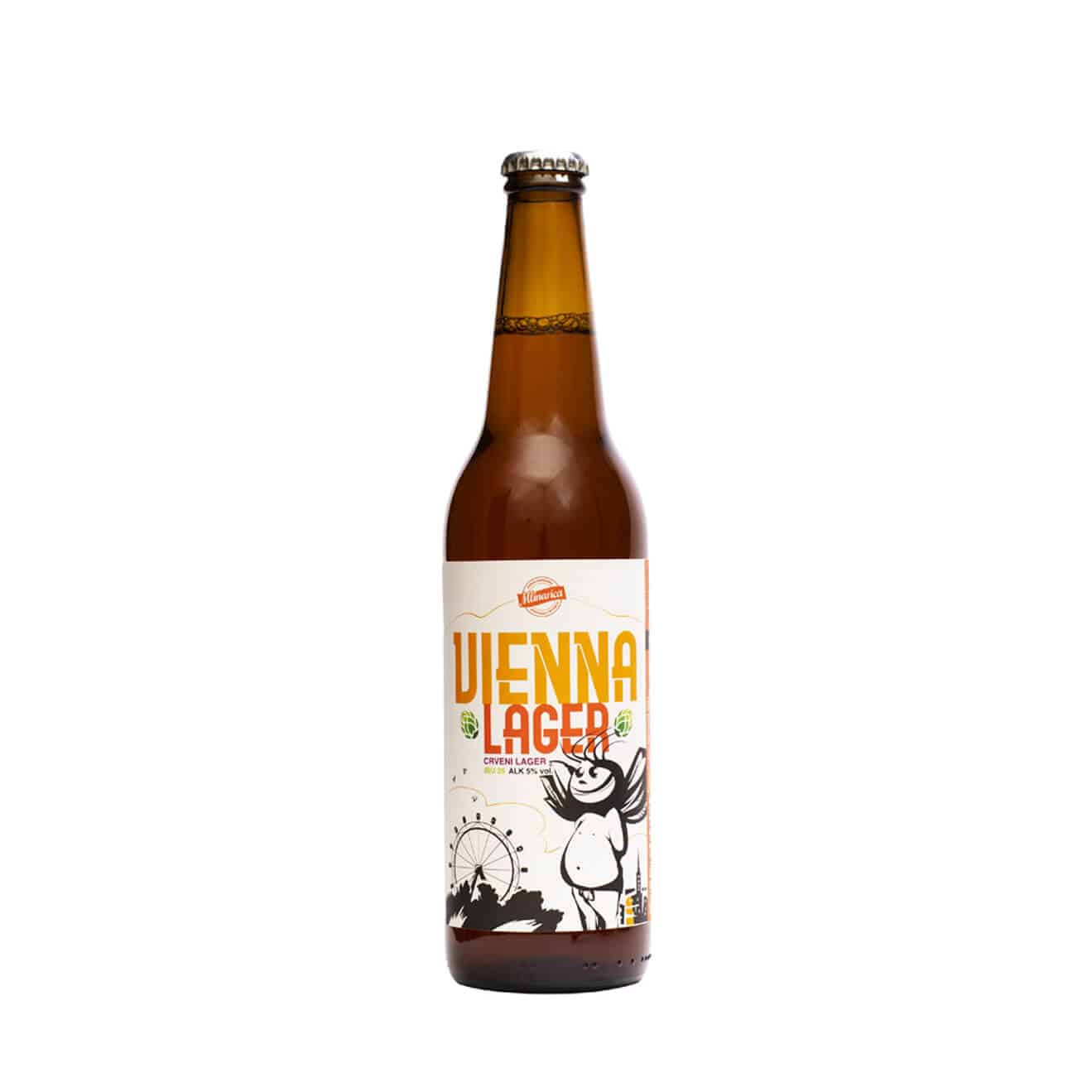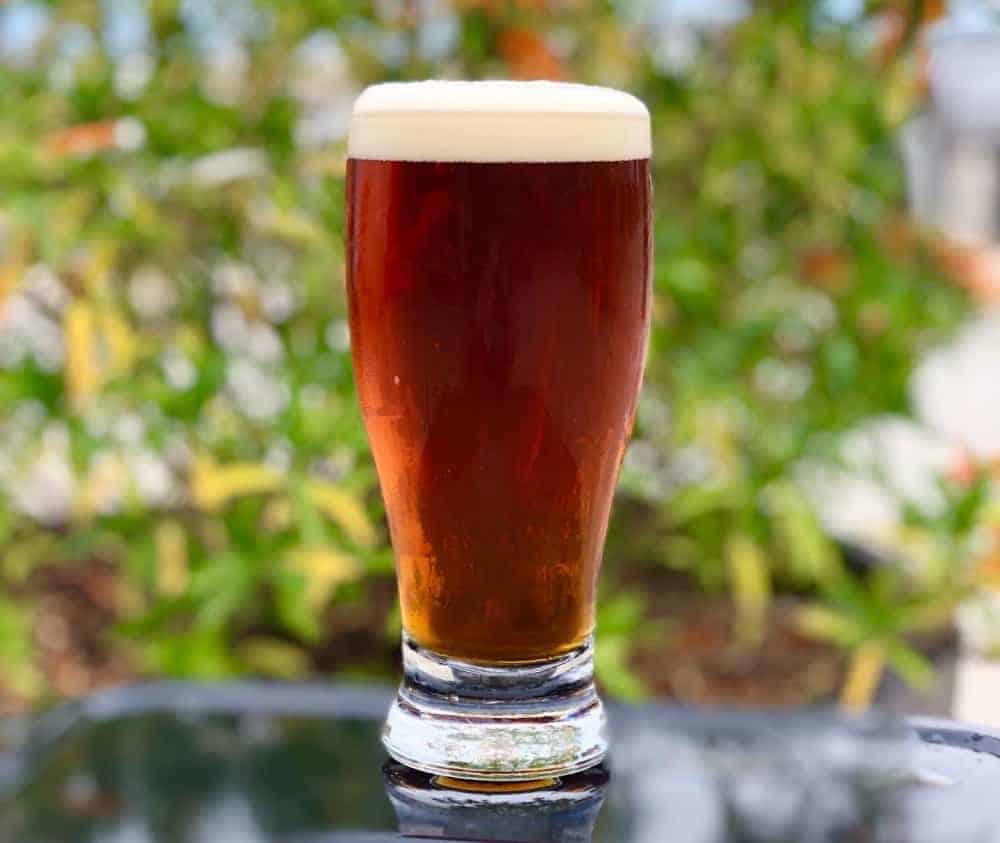

But if you’re feeling more adventurous, and/or you’ve made this beer and it still seems a little sweet for whatever reason, you can go with the same amount of chocolate malt (350L). The safe route is Carafa II, a dehusked chocolate malt that will mostly just add color. What you will add, though, is a dash of dark malt (3 oz/85 g)-and here, you have a choice to make. Each will add light character-malt flavors like bread and toast, but none will get you all the way to “rich” or “caramel.” In fact, this beer contains no crystal or caramel malts at all. In that spirit, start with 4 lb (1.8 kg) of 9 Lovibond Munich malt and 3 lb (1.4 kg) each of Maris Otter and Vienna malt. So, this recipe is top-to-almost-bottom darker base malts, with just a touch of dark malt for color and bit of drying.

In this case, we want as much toasted character as we can get, but we don’t want sweetness-and I’ve always found that Pilsner malt imparts a honey-like sweetness on my palate. Heck, two of my three Pilsner recipes don’t even contain Pils malt. Some people seem to think that just because a beer is European that it must contain Pilsner malt. Another way to conceptualize it is as a German lager version of special bitter, but with more carbonation and less sense of humor. The best examples of Vienna Lager are like drinking a liquid version of dry toast. The Vienna is lighter (in body, color, and ABV), slightly more bitter (or at least seems so), and lands in a place where it’s toastier than the pale German lagers but nowhere near the caramel and melanoidin-heavy richness of “modern” Oktoberfest. That beer is actually much more akin to a Helles with a more floral hops nose, whereas most domestic “Oktoberfest-style” beers have more in common with bock than Vienna lager. “But wait,” you’re thinking, “don’t they drink Oktoberfest by the liter?” They do indeed drink liters of beer at Oktoberfest celebrations, but the beer you’re most likely to get today when it’s labeled “Oktoberfest” is much richer and caramel-heavy than what they’re downing in Munich. Both are amber lagers of Germanic origin, but the Vienna is much more sessionable than the Oktoberfest. StyleĪlthough it bears some superficial resemblance to Oktoberfest, the Vienna lager is a distinctly different animal. It’s also a low-ABV beer that holds up beautifully to age, so if it ends up waiting in line to get on tap, I still have a great beer ready to go. Partly, I love it because some beers just stick in your head (I can’t forget, for some reason, that this beer was invented by Anton Dreher in the 19th century), but mostly I love it because it delivers the toasty malt flavors I love with a dry and clean background. But around Christmas, I get to go back to brewing whatever I feel like brewing, and a perennial favorite is the Vienna lager. Throughout the fall, I’m usually brewing beers for the holiday parties (which I now get to drink, so that’s nice) or brewing the bigger/darker beers that people will want when we get snowed in. Our Vienna Lager is brewed with half Vienna malts creating a delicate malt aroma with a slightly caramelized and toasted malt character.I love the Christmas holiday season, and not just because I get lots of time off work-it’s how I use that time. The malt aroma and flavor may have a toasted character. Vienna lager is a reddish-brown or copper-colored beer with medium body and slight malt sweetness.

Austrian’s took this style of beer to Mexico in the late 19th century where it has greatly influenced their beers. This beer became very popular and one point his brewery was the largest brewery in the world. Anton used his Vienna style malt to brew lager beers that were similar to German Marzen. He created what is now known as Vienna malt, the amber malt was stewed after the barley was sprouted, and this converted some of the malt starches into sugars, which were then caramelized by a gentle roasting. Anton studied brewing in Munich and was one of the first brewers in Europe to try English style malting. Anton’s father was a brewer and died when he was young, but left the boy with his brewery, barley fields, and hop fields to take over when he reached of age. Brewer Vienna native Anton Dreher has been credited as the founder of the Vienna Lager style. In the mid 1800’s the Viennese had something new to brew as lighter styles of beer were popping up all over Europe.


 0 kommentar(er)
0 kommentar(er)
